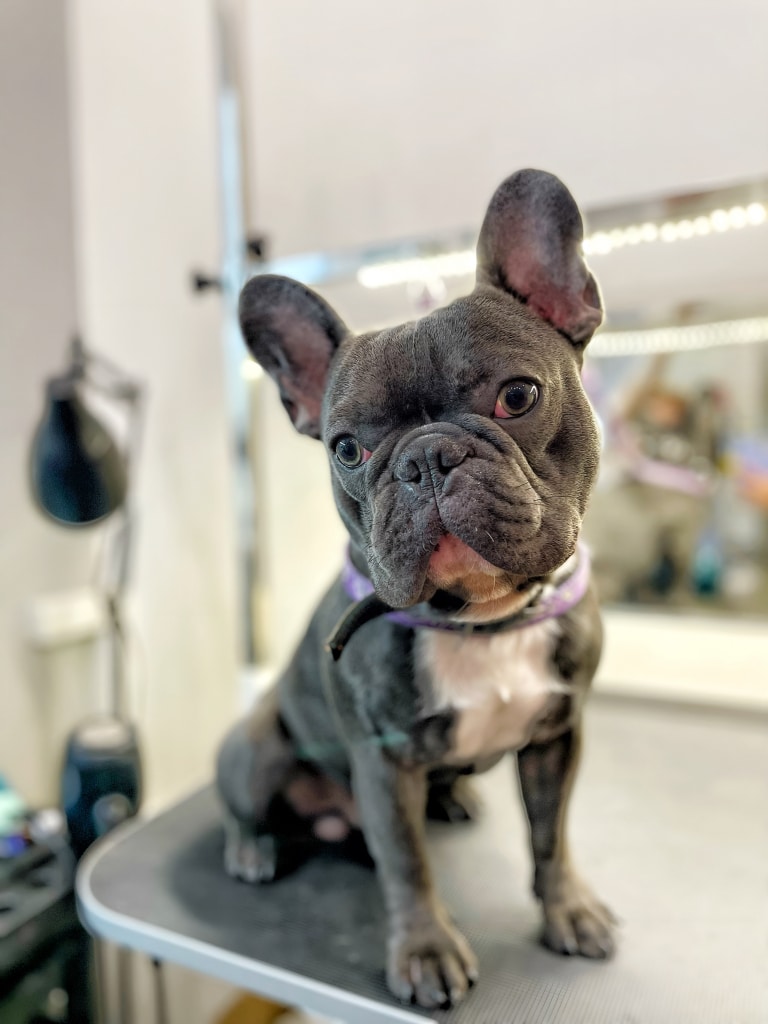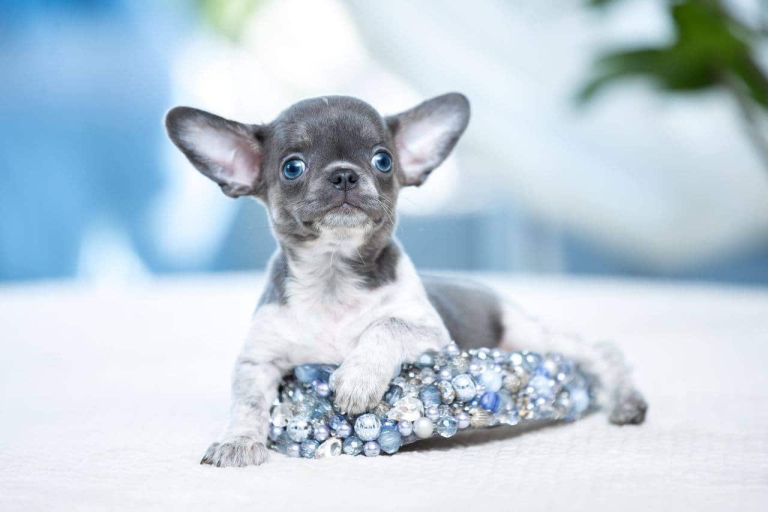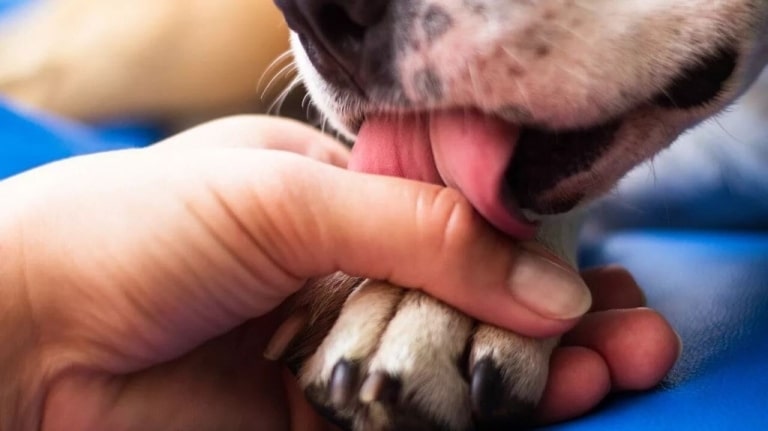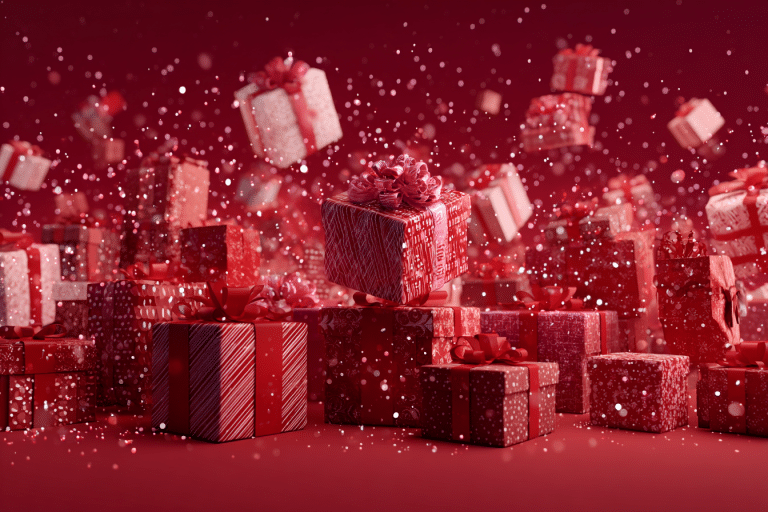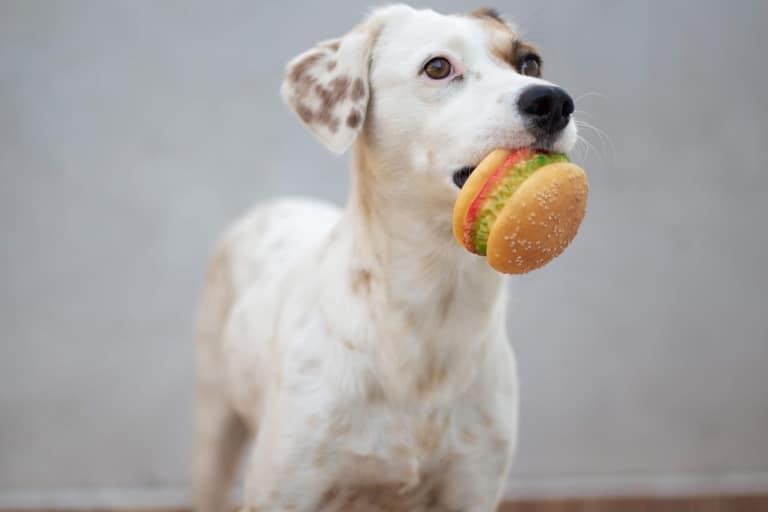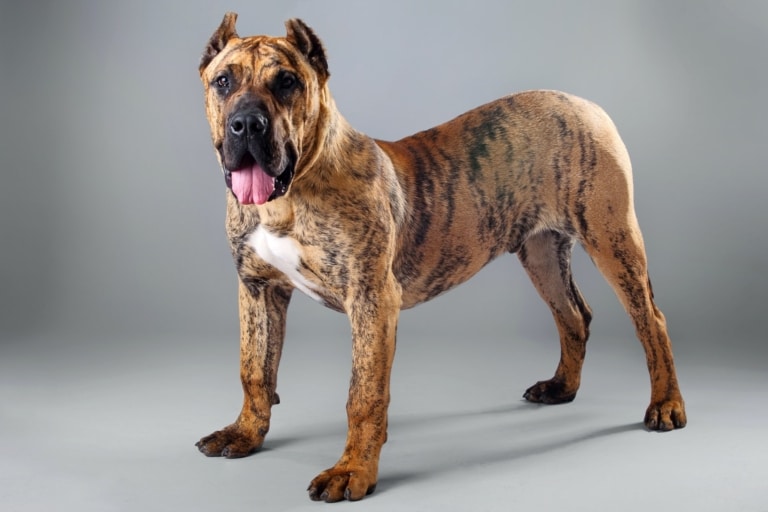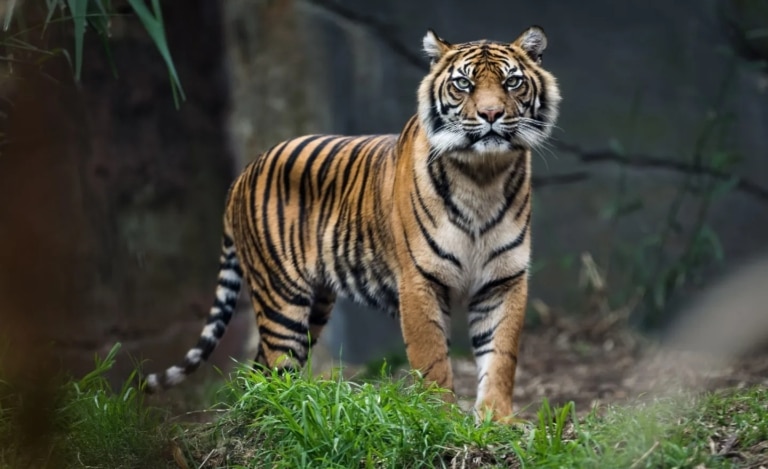Pugs are one of the oldest dog breeds, known for their friendliness, comical appearance, and specific care features. Their history spans over two thousand years, starting from China, where they served as companions to emperors and aristocracy. Today, this breed is winning the hearts of owners worldwide thanks to its cheerful character and small size.
Caring for pugs significantly differs from most other dog breeds. This is due to their specific facial structure, fur, and other characteristics. To ensure your pug is happy, healthy, and well-groomed, it’s important to know and consider these specifics.
This article will be helpful for those who already own a pug and those considering getting one. We will discuss key points to consider when caring for this enchanting breed and share advice from professional groomers of the V.O.G DOG network. Let’s dive into the world of pugs!
Main Fur Care
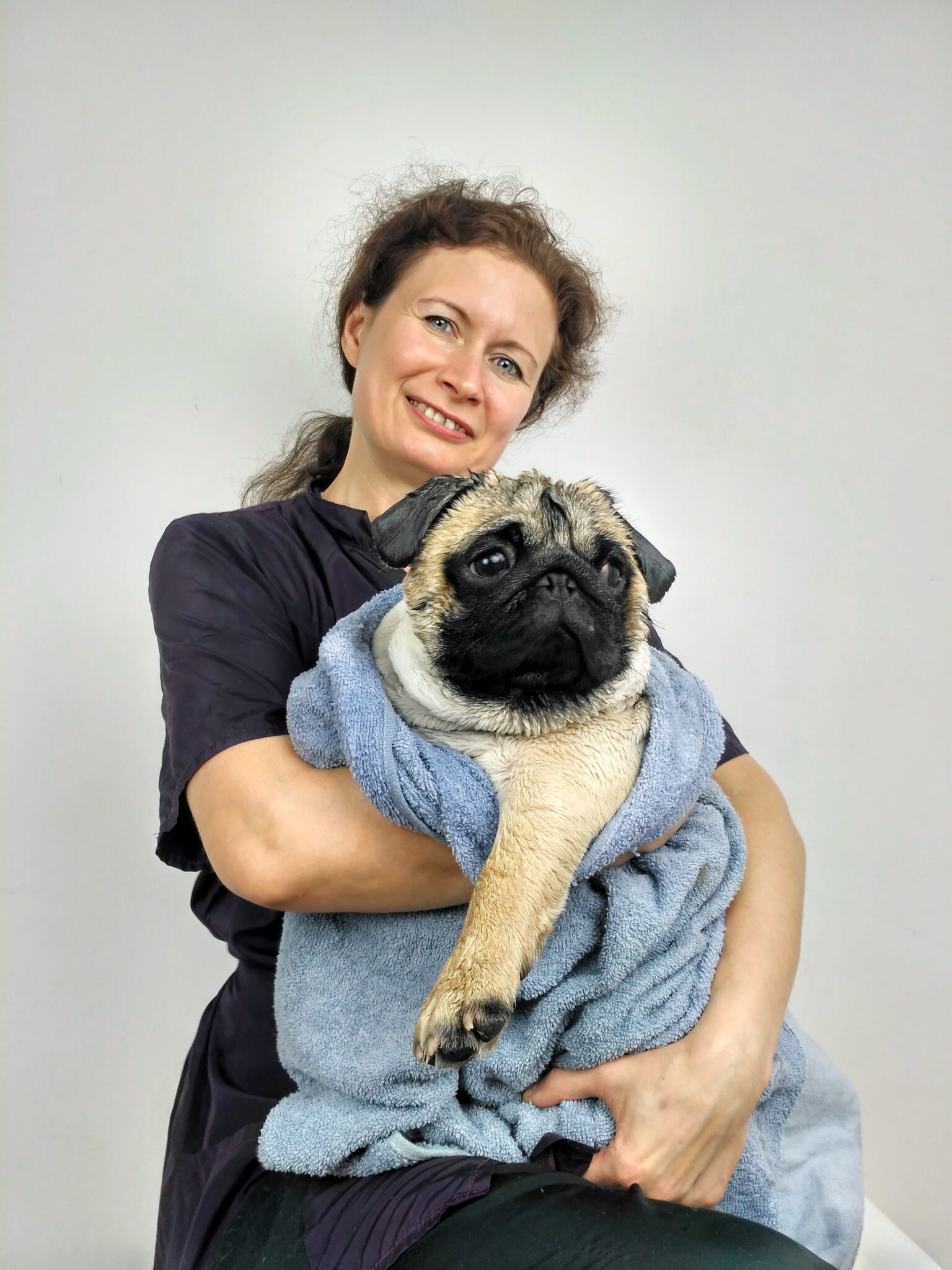
Pug fur is characterized by its shortness, density, and softness. While at first glance it might seem that such fur doesn’t require special attention, there are nuances to consider.
Frequency of cleaning: To maintain a pug’s coat in perfect condition, it’s recommended to perform daily massages with a special glove or soft brush. This not only helps remove dead hair and prevent it from spreading around the house but also improves skin blood circulation and makes the fur shinier.
Bathing: Pugs should be bathed, typically once every 1-2 months, or when they get too dirty. It’s essential to use shampoos specifically designed for short-haired breeds. V.O.G DOG network groomers suggest using products without harsh ingredients and those that have moisturizing properties.
Winter care specifics: Protect your pug from the cold with special clothing. Although a pug’s fur is quite dense, it cannot provide enough protection from harsh cold.
Fur recovery after trimming: Despite the short length, some owners decide to trim it even more, especially during summer. In such cases, it’s crucial to provide the skin and fur with extra moisture and vitamins for fast recovery.
Pug Eye Care
Pug eyes tend to tear up frequently. It’s recommended to daily remove accumulated secretions from the eye corners with a damp, soft cotton pad.
Due to their round shape and protruding position, pug eyes often become susceptible to irritations and injuries. Regularly check the eyes for redness, swelling, or unusual bulging.
When bathing your pug, use special goggles or protect their eyes from shampoo.
Pug Ear Care
Pug ears should be checked at least once a week for dirt, wax, and parasites. Use a soft cotton pad dampened with a special ear cleaning solution for cleaning.
Since pugs have deep ear canals, they can become an ideal breeding ground for bacteria and fungi. Regular cleaning and ear ventilation can help prevent infections.
Pug Nutrition
Diet plays a key role in the overall health and well-being of your pug. Considering their energetic temperament and tendency to gain weight, a properly balanced diet is an essential aspect of caring for this breed.
Age specifics:
Puppies: In their first few months, puppies need a high-calorie diet rich in protein to support active growth and development.
Adult dogs: When transitioning to an adult diet, it’s essential to pay attention to calorie intake to avoid obesity.
Senior dogs: Older pugs might require fewer calories and more additional vitamins and minerals.
Choosing Food
Commercial Food: When choosing dry or wet food, pay attention to its ingredients. It should be grain-free, high in quality protein, and devoid of artificial additives.
Home-cooked Meals: If you decide to feed your pug homemade food, consult with a veterinarian for the right balance of ingredients.
Feeding Frequency:
Puppies should eat 3-4 times a day.
Adult pugs should eat twice a day.
Pugs are prone to allergies, so avoid foods that might trigger them, such as soy, corn, or certain types of meat.
Recommendation from V.O.G DOG groomers: Groomers suggest regularly checking your pug’s weight and adjusting the diet according to its needs. It’s also essential to provide special chew toys to maintain dental health.
Pug Socialization and Training
Pugs are known for their friendliness and playfulness, but like all other dog breeds, they need early socialization and proper training.
Early Socialization:
Exposure to Different Environments: Start taking the puppy for walks where it can encounter different people, dogs, and new sounds. Allow the young one to interact with various objects, textures, and surfaces, such as soft toys, paper, grass, and tiles.
Basic Training:
Basic Commands: Teach your pug basic commands such as “sit,” “lie down,” “come,” and “leave it.”
Leash Training: Pugs can be quite stubborn, so it’s essential to start leash training from an early age.
Always use positive reinforcement, like petting, verbal praise, or treats, when your pug does something right.
Recommendation: Groomers from the V.O.G DOG network suggest initiating grooming procedures like cleaning the paws, ears, and teeth at a young age. This helps puppies get accustomed to these routines, ensuring they remain calm during such procedures in the future.
Health and Veterinary Care for Pugs
Your pug’s health is a priority, and adhering to care recommendations will ensure a long and happy life for them.
Parasite Prevention: Regular deworming will help prevent parasite infestation.
Respiratory System Features: Pugs have a unique facial anatomy, which can lead to breathing issues. Avoid overheating, especially during hot weather.
Obesity: Due to their body structure, pugs are prone to obesity. Monitor their weight and activity level to prevent health problems.
Skin Features: Pugs might have skin problems, especially in the folds of their faces. Regularly check their skin for irritations or infections.
Skeletal-Muscular Problems: Some pugs may encounter joint problems, such as hip dysplasia. Regular vet visits and proper nutrition can help prevent or minimize the risk of these issues.
Activity and Entertainment for Pugs
Pugs are energetic and playful dogs that need regular activity and entertainment to maintain their physical and mental health.
Even if you have a backyard, pugs need daily walks for socialization and to explore their surroundings.
Pugs love to play. Provide them with toys they can chew, toss, or engage in tug-of-war. Interactive toys and dog puzzles can help stimulate a pug’s mind and keep them occupied for a while.
Visiting dog parks or group classes can be an excellent way for socializing your pug and helping them burn off excess energy.
Due to their unique facial structure, pugs might have difficulty breathing during intense activities, so it’s essential to avoid overheating and overly active games in hot weather.

